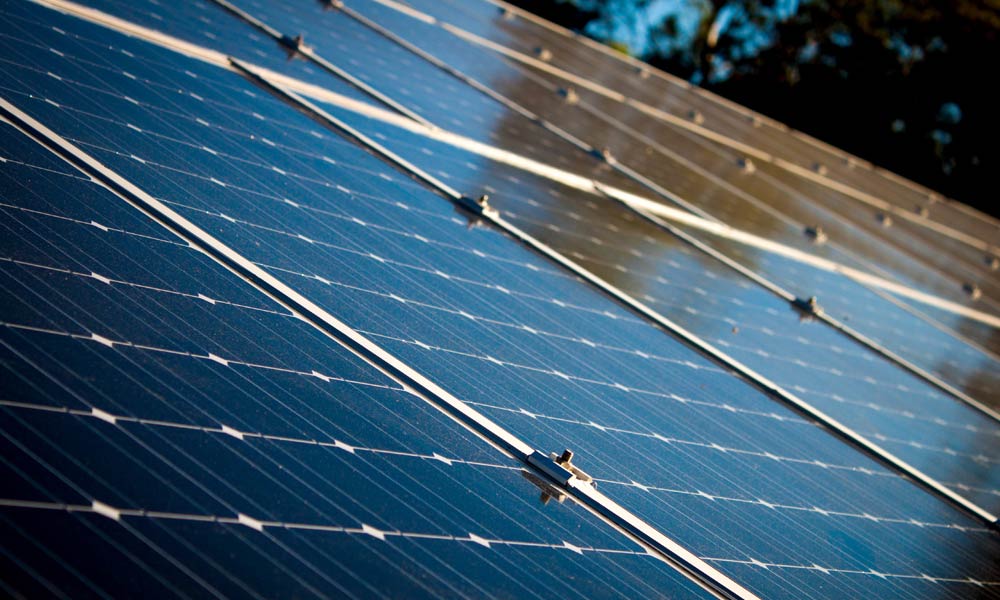Solar energy was the biggest source of new electric generating capacity for the first time ever in 2016, according to the Solar Energy Industries Association. Not only that, but the industry is also expected to triple over the next five years. Solar energy has been getting cheaper too. Solar photovoltaic (PV) system costs in the U.S. decreased by almost 20 percent in 2016.
But even though it’s getting cheaper, that still doesn’t mean that everyone can afford it. It is possible to go solar if you’re on a budget, though. Solar energy can help save you money in the long run, as well as help the environment. These tips will help you afford the transition.
Is solar right for you?
Since solar panels rely on the sun to generate electricity, the amount of sun where you live will affect how much solar energy you can produce. The amount of solar energy available in an area is known as “solar resource,” which is a measurement of how much sunlight is available each day to a PV panel that’s facing due south. You can find the solar resource where you live on the National Renewable Energy Lab’s website.
How much solar energy you can produce with rooftop panels also varies from home to home. If there are large trees or other buildings blocking access to sunlight, you won’t be able to get as much sunlight.
Some other factors that will influence the amount of sun you can get are the orientation and size of your roof. South-facing roofs work best, and you’ll need at least about 100 square feet per kilowatt-hour your solar system produces. You’ll also have to consider how much energy you typically use and the efficiency of the panels you’ll be installing, which typically ranges from 11 to 15 percent.
The less sunlight you have available to you, the bigger your solar array will have to be to generate the same amount of energy as panels with more available sun. This can lead to higher costs.
You can use online cost calculators to help determine how much a solar system would cost you, or better yet, have a reputable solar company come by and give you an estimate.
Solar incentives
A big factor in the affordability of solar is the incentives you have available. There are federal incentives, but other programs vary by state and utility company.
U.S. residents can take advantage of the Solar Investment Tax Credit (ITC), which provides a 30 percent federal tax credit for homeowners a purchase and install solar systems on their homes.
To find out what incentives are available in your state, visit the Database of State Incentives for Renewables and Efficiency (DSIRE). The site features information about incentives available from government and utilities, as well as policies relating to solar power by state.
Different states have different policies for incentivizing and billing homeowners who generate solar energy. These policies can have a significant impact on the cost-effectiveness of installing a solar system.
One common policy is called net metering, which only charges or pays homeowners for their net energy use. If they produce more than they use, the excess energy goes back into the grid, and the homeowner will be compensated for it. If they consume more than they produce, they are charged only for the power they used from the grid.
Other states use a feed-in tariff program, which measures production and consumption separately. The homeowner is then paid for what they produce and charged for what they use. The payment can sometimes be used to pay off the electricity bill.
The way that net metering, feed-in tariffs and other programs work can vary from state to state, so make sure you do thorough research when figuring out how much a solar system will cost you or how much money you could earn from it.
Financing options
States, utilities and other entities often offer financing options to help make solar installation more affordable. See the DSIRE website to learn what grants and financing are available where you live.

